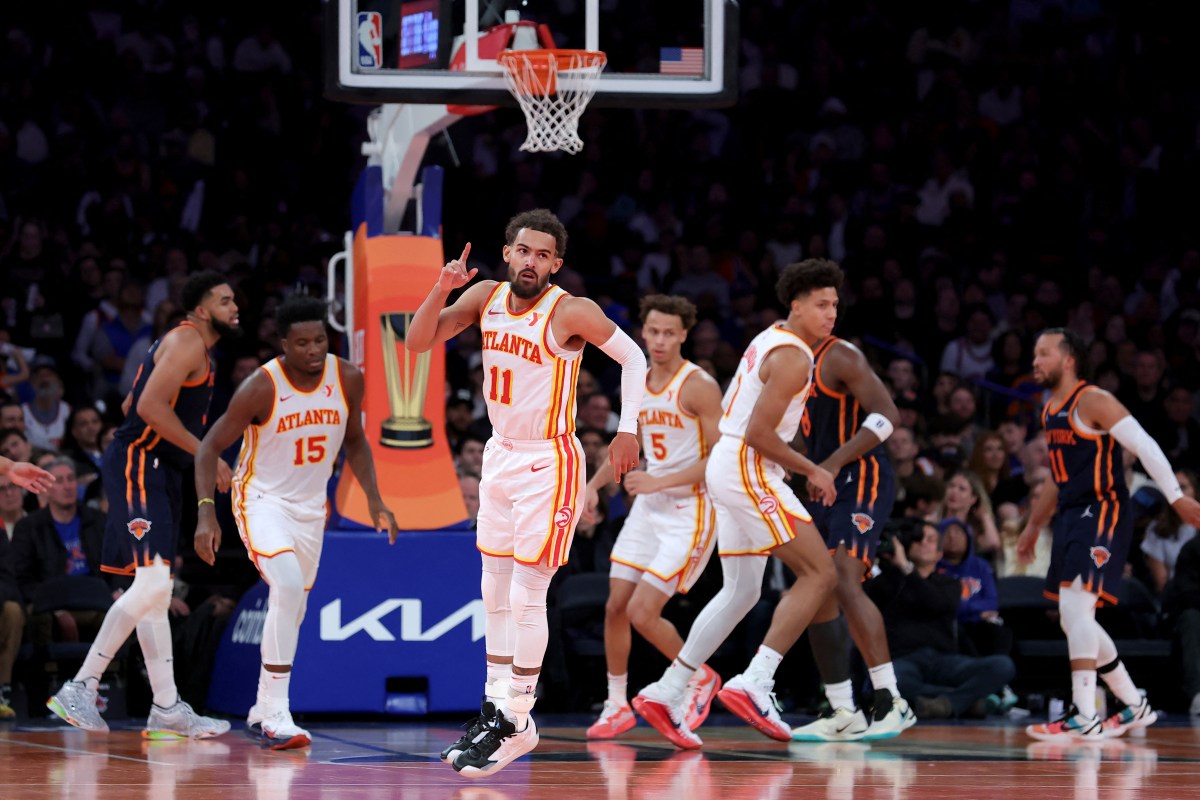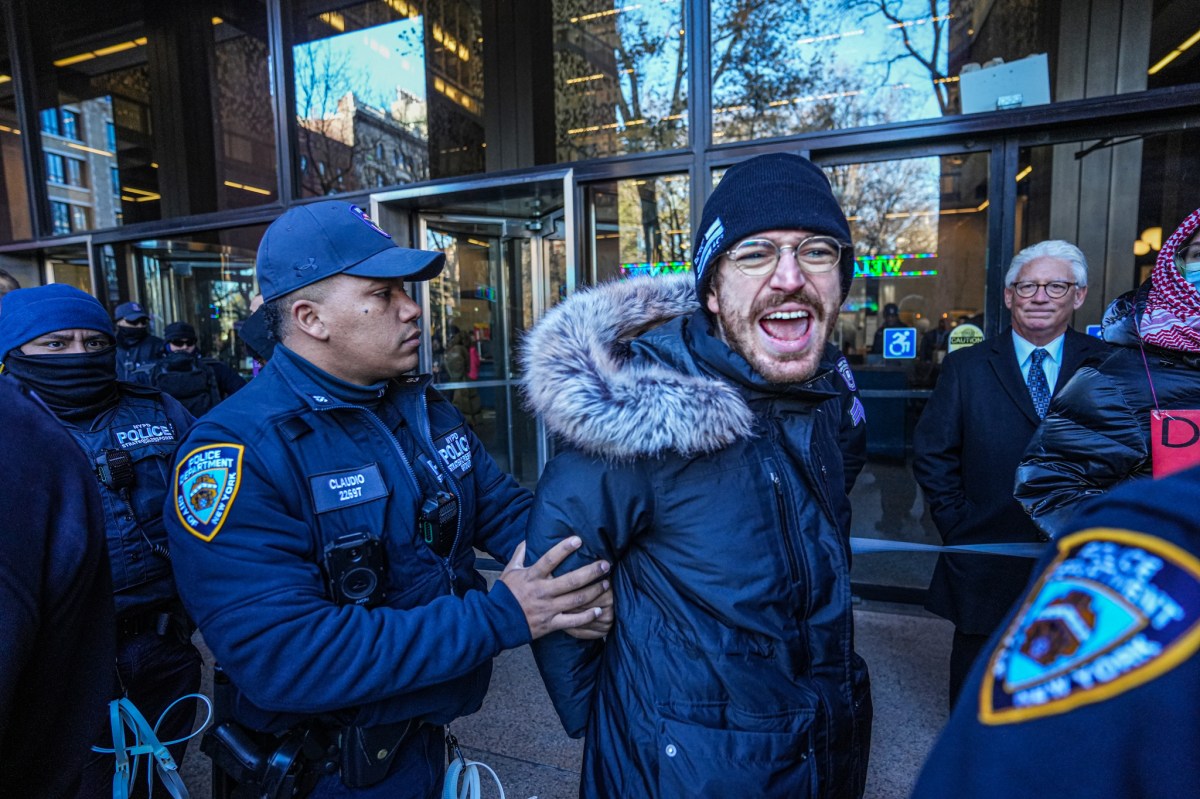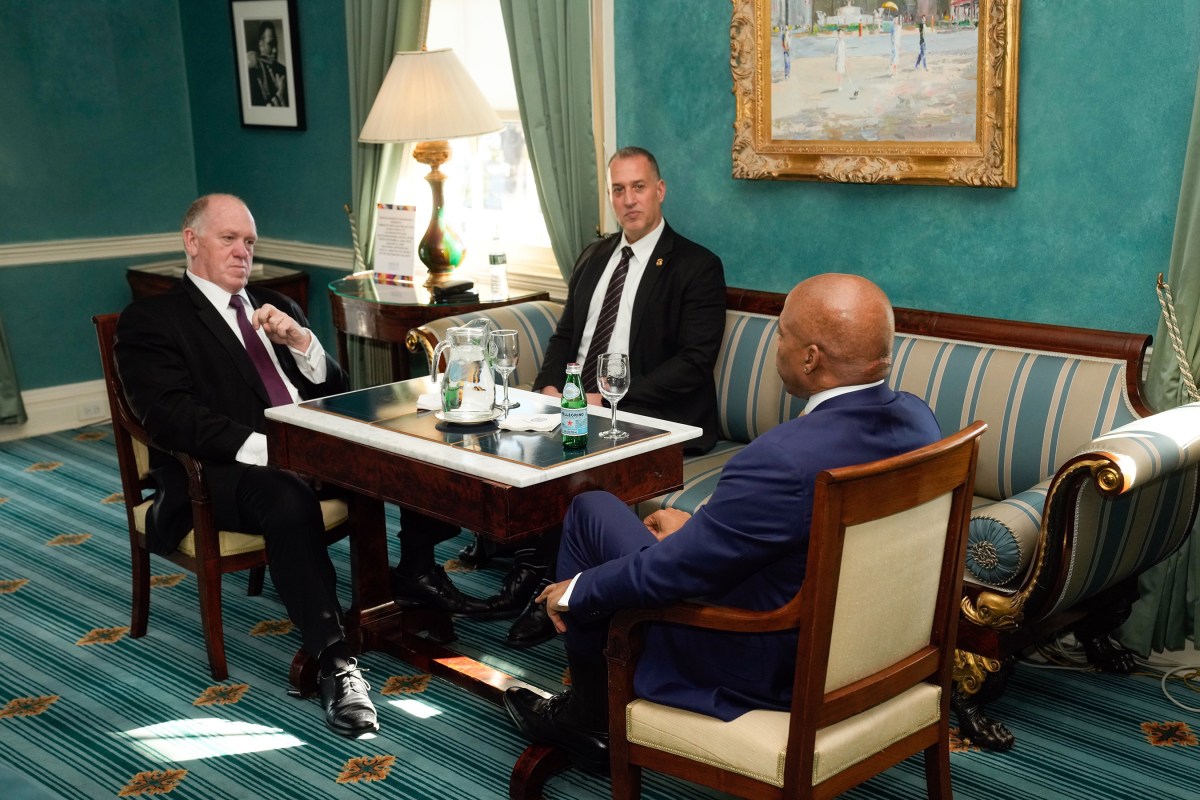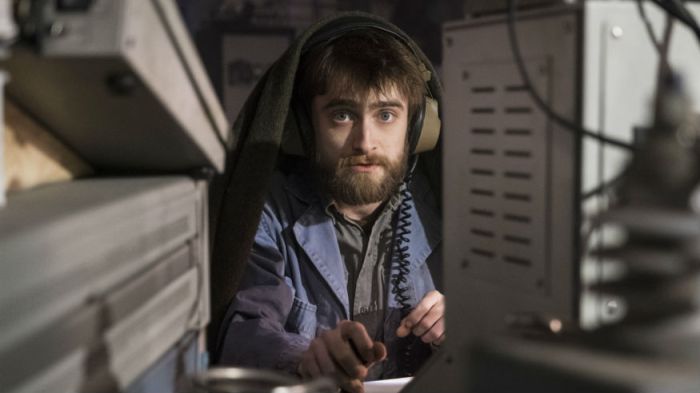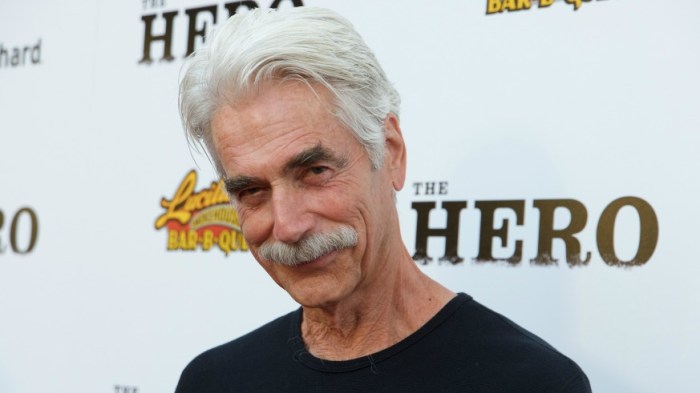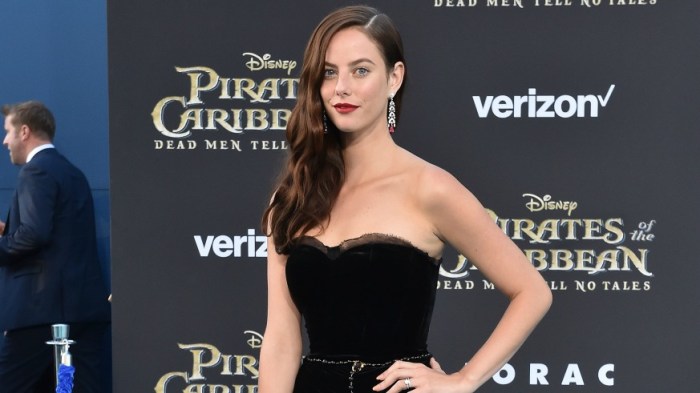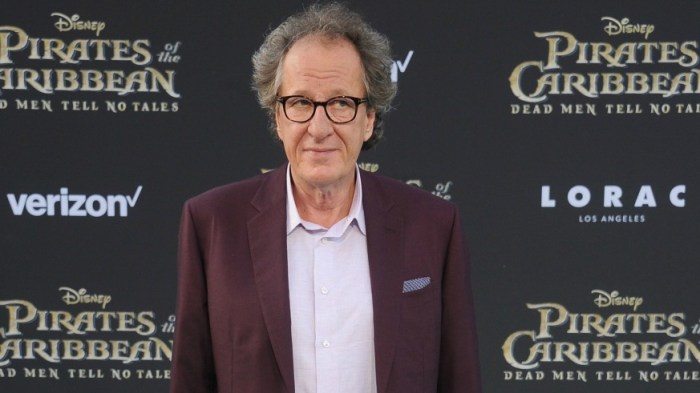If you’re reading this Joe Dante likely played a significant part in your childhood. He directed “Gremlins,” the even better “Gremlins 2: The New Batch,” “Explorers,” “Innerspace” and more, and had a segment in “Twilight Zone: The Movie,” and had a hand in shows like “Amazing Stories” and “Eerie, Indiana.” Over the years he’s gone from big studio movies to indies and television. His latest, “Burying the Ex,” brings him back to his roots: it’s a low-budget horror comedy about a young movie buff (Anton Yelchin) haunted by his dead former girlfriend (Ashley Greene) when she returns as a zombie. This, like several of your films, involves young people, in this case 20somethings. What keeps you coming back to films about the young?
I don’t know. It’s one of those things where people point things out about your work and you look back and you go, “Yeah, that’s true.” I didn’t set out to make movies with lots of kids in them. And I don’t have any of my own. Maybe that’s why. But for whatever reason I’ve been attracted to films about kids coming of age. I guess it’s because childhood was when I fell in love with the movies. Maybe it’s a way of keeping my childhood wonder. The character Anton Yelchin plays is a horror movie buff, just like you. Did you see him as quasi-autobiographical?
Well, I would like to say I found it autobiographical, especially in the sense that two gorgeous women were interested in me and I was a nerd. [Laughs] Bit of a fantasy.
The character Alexandra Daddario plays, who throws herself at Yelchin’s character and is as into horror movies as he is, is very much a male fantasy.
All of us film fans have been looking for her our entire lives and very seldom do we find her. [Laughs]
The visual style of your films tend to be influenced by cartoons. Was there an inspiration here?
This was made on the run, this picture, so there wasn’t a lot of time for finessing the visuals. Particularly with the set in the apartment, which is where half the movie takes place. We didn’t build that. We couldn’t afford to build a set. We had to modify one that was already there. We couldn’t even take out the walls. The style is a little more cramped than I’m used to. But the idea was to make the movie look bright and cheery at the beginning, then once she comes back as a zombie it becomes a little darker. The camera angles change a little bit and it gets a little more of a horror movie look. RELATED: “Burying the Ex” star Ashley Greene talks about turning into a zombie Did the low budget on this film harken back for you your days working for Roger Corman, or even when you’ve done TV?
Television is fast, like a Corman picture, but it’s not quite as cheap. When Roger saw this he said it was just like a New World picture. It’s true!
This isn’t as gory as some zombie movies, though it has its moments. When you made “Gremlins” you even tamed down the violence from what producer Steven Spielberg originally wanted. Do you tend to be wary of going too gory? I was a huge fan of “The Wild Bunch” when it came out. It was very shocking, and today it’s probably tame, I guess. I’ve never shied away from it, except when the distributors want a PG-13. Sometimes they want a PG. That becomes difficult to do in this genre. The audience expects a certain amount of mayhem. In this case the producers would have liked to have had a PG-13. So I didn’t put a tremendous amount of gore, but then I showed it to the ratings board and they gave it an R. We asked if we could get a PG-13, and they said we’d have to reshoot a lot of it, because of all the talk of f—ing. Then of course when you have an R the audience says, “But there’s hardly any gore in it!” Ashley Greene’s character spouts off a lot about environmentalism. Were you making fun of people who are especially green?
It’s not bad that she’s green. What’s bad is she’s so excessive about it, so bossy. He agrees early in the picture that it’s great she’s concerned about the environment. But when she paints their room green with hypoallergenic colors, it’s a little much. She goes overboard with that stuff. The part where she destroys his import posters is one of the saddest moments in the film.
[Laughs] It’s true! They’re my posters, so I wouldn’t really let her destroy them.
You’ve said this was a film you had been planning for years, and it was only green-lit after “World War Z” made a ton of money, thus making zombies profitable again. Do you tend to always have a lot of projects lined up in case they’re in again? You always do. In the old days, when I was making studio pictures, you would ideally have a deal with the studio, and they would go through your things and say, “We like this, we don’t like this, we want to develop that.” It’s different today; those deals have basically gone south. Everyone has to generate their own projects. You can’t put all your eggs in one basket and just doggedly follow that one thing, or else you’re not going to be able to buy cat food. But once you get to a point where you have a script, then you have to finance it. And in order to finance it you have to get actors. But to get you can’t get actors unless you have financing. You do a lot of chasing your own tail in this business. There is a growing audience for niche films, though, including horror films.
But the niche markets are largely on VOD. Movies in the budget range of “Burying the Ex” generally open the way this one’s opening, which is in 10 cities, where it plays in theaters, and also on VOD on the same day. A lot of movies don’t even get the 10 theaters; they go right to VOD. It’s a little disappointing for people who make these movies, because we all grew up with the idea that you saw a movie with an audience in a theater. Everybody reacts. That’s particularly true for horror movies or comedies, because they encourage audience participation. The same movie on a video screen with two people watching isn’t the same movie that’s playing on a movie screen with 100 people watching. We’re all having to adjust to that, because it’s the new normal. At the same time, “Burying the Ex” is shot in L.A., and it involves the strong repertory scene out there, especially the audiences who love to come together to watch horror movies in theaters. L.A. is unique in that sense. The repertory cinema is [in non-cities] basically gone, along with the video stores. People’s access to older films is shrinking. There’s very few cable channels that run that kind of film anyway. That’s why I created Trailers from Hell, just to keep interest alive in older pictures among young viewers, who are woefully ignorant of things I took for granted when I was growing up. There is streaming, though. Netflix isn’t too great with Golden Age Hollywood fare, but buffs can get their hands on rarities via Warner Archives disc and streaming services.
There are more movies that are available to see than have ever been in my lifetime, including hundreds of movies from the ’30s and ’40s that haven’t been seen since their original releases. The problem is people aren’t familiar with those movies at all. You need someone to curate them, to say, “This is an underseen gem or a movie you’ll really like.” It’s great if something streams, but there’s got to be somebody who identifies them, because there’s a lot of titles. Unless they recognize actors they don’t understand what the movie is. That’s what Leonard Maltin’s book was for. Now of course he’s not republishing it because nobody buys the books. You can go to Wikipedia or the IMDb. To me it was always easier to turn a page. Did you bombard your young “Burying the Ex” actors with lots of movie recommendations?
I didn’t really have to. Anton is a huge movie buff. He was going through his Douglas Fairbanks phase when I met him. I tried to steer him towards the early ’30s horror pictures. He’s insatiable. It reminds me of when I was that age. And the girls, they’re no dummies. They’ve been in this business for a little while and they seem to be pretty conversant with film lore. I didn’t have to do a lot of coaching. It’s like when I made “Matinee” [his 1993 film about gimmick film producer and filmmaker William Castle]. I gave John Goodman a whole reel of William Castle trailers, and he said, “I don’t have to watch these. I know who William Castle is!” People in this business can be pretty hip.
Joe Dante talks ‘Burying the Ex,’ making movies today
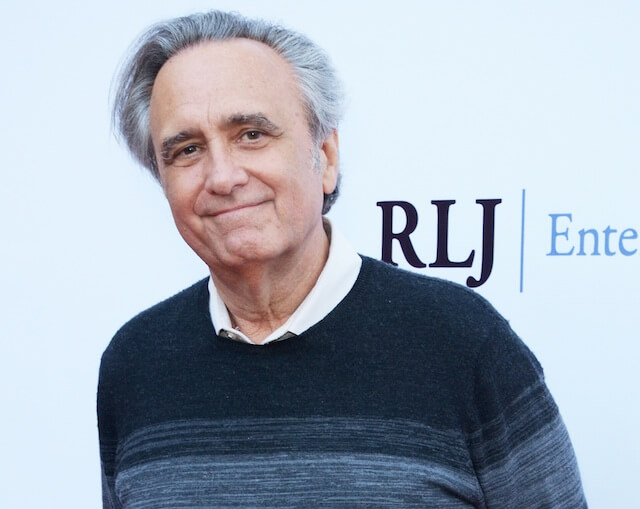
Getty Images
Follow Matt Prigge on Twitter @mattprigge










